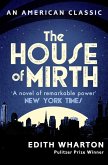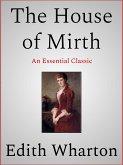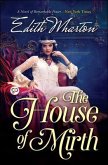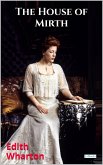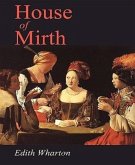Edith Wharton's "The House of Mirth" presents a poignant exploration of the intersections between social class, gender, and personal ambition in early 20th-century New York. Through the tragic story of Lily Bart, a young woman caught in the throes of high society'Äôs expectations, Wharton employs a naturalistic literary style to reveal the moral complexities and social constraints that bind her protagonist. The novel illustrates the constraints of a rigid class structure, interweaving themes of materialism and the quest for identity, thus serving as a critical commentary on the era'Äôs societal norms and values. Edith Wharton, born into a wealthy New York family in 1862, possessed an acute awareness of the intricacies of social dynamics, having experienced both privilege and the isolation it can engender. Her own tumultuous relationship with high society and her subsequent feminist ideologies influenced her writing, endowing "The House of Mirth" with an authenticity derived from personal experience. Wharton was one of the first female graduates from the exclusive private schools of her time, garnering insights into both the entitlements and limitations women faced in society. For readers captivated by the intricacies of human emotion filtered through societal critique, "The House of Mirth" is an indispensable literary work. Wharton'Äôs deft characterizations and evocative prose create a vivid portrayal of a lost world, encouraging reflection on the burdens of societal expectations and the enduring struggles for individual agency within restrictive frameworks. This novel invites both admiration and empathy, making it a timeless examination of the human condition.
Dieser Download kann aus rechtlichen Gründen nur mit Rechnungsadresse in A, B, BG, CY, CZ, D, DK, EW, E, FIN, F, GR, H, IRL, I, LT, L, LR, M, NL, PL, P, R, S, SLO, SK ausgeliefert werden.



